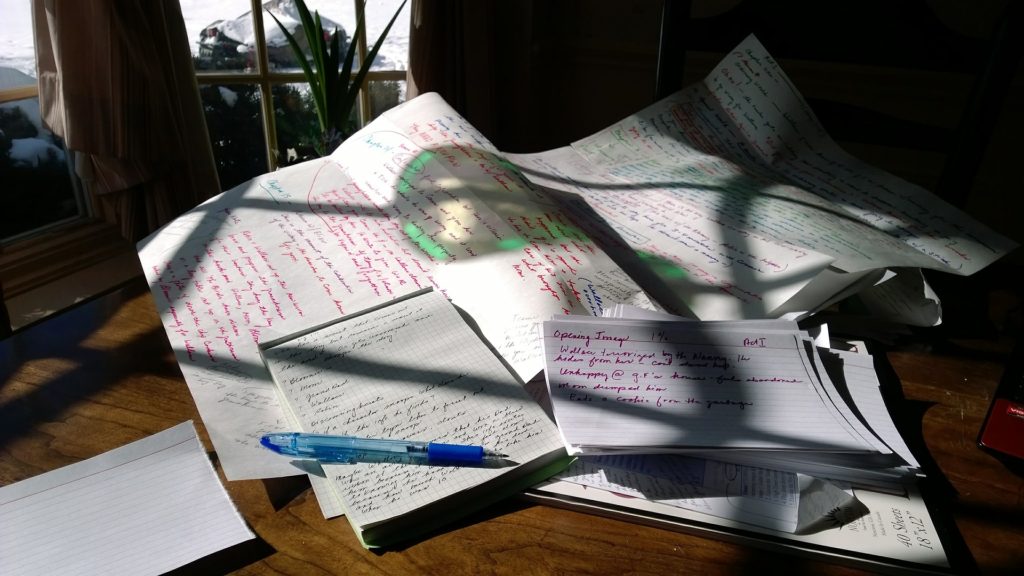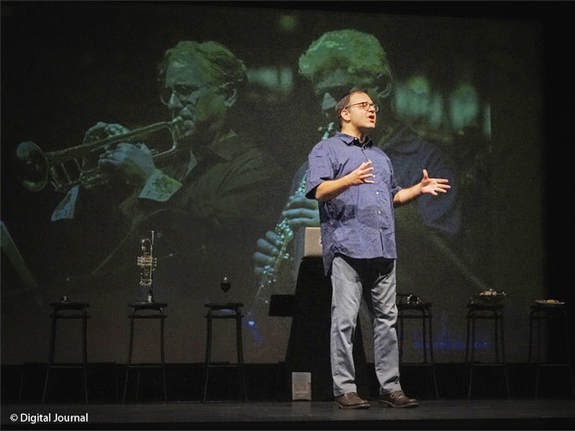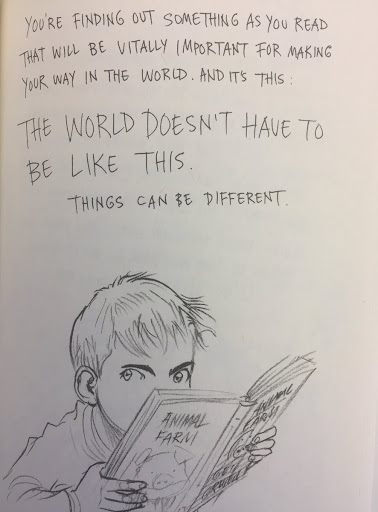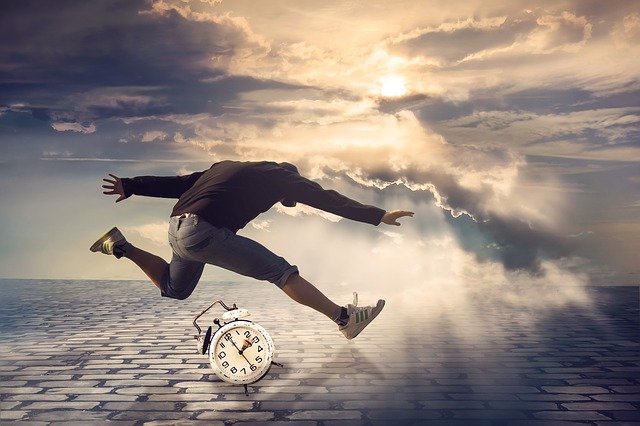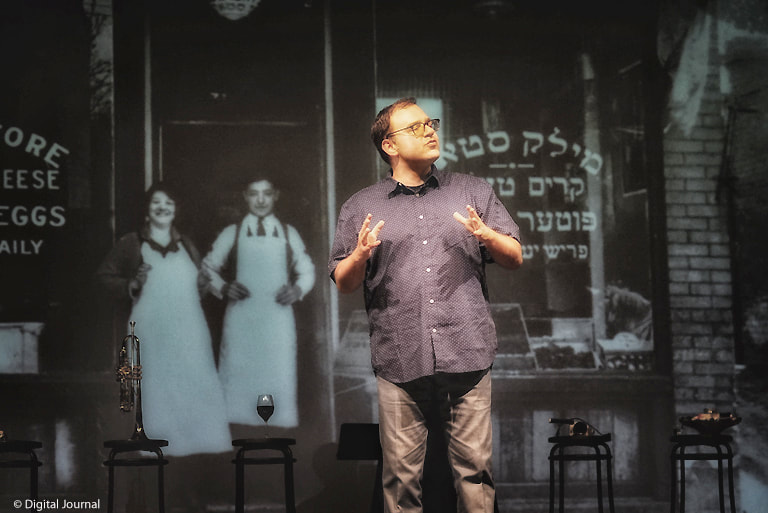Whether you write prose or non-fiction, you have to create descriptive scenes that pull readers into your story. Exposition won’t cut it; neither will internal monologues. To invigorate scenes with details, I suggest you focus on finding the best verbs and nouns to paint the picture you want us to see.
I’m not an adjective hater. It’s just that too many writers rely on decorating their sentences with adjectives and adverbs when a potent verb or noun will do the trick. In less words. I love what Flaubert said about searching for le mot juste, that perfect word the writing craves more than anything.
Using a basic example, if you’re writing “…he said loudly”, you’re being lazy. You’re asking an adverb to do your job, which is to find le mot juste amid the many options you have to illustrate someone speaking with force.
Why not write “he bellowed” instead? It accomplishes “said loudly” in fewer syllables, and evokes a tangible powerful exhale we don’t really get from the original adverb.
Let’s look at some classics. Harlan Ellison, one of my favourite writers, chooses the right verbs to bring momentum to this early passage of his futuristic short story “When Auld’s Acquaintance is Forgot”:
When Henry Auld wandered in a showroom displaying this year’s models of the Ford hoverpark, the little man sauntered around the block once, strolled into the showroom, and sidled up to him.”
Four verbs, none of them “running” or “walking”, two options which might have come instinctually to the beginner writer. But Harlan increases the pace with each new verb: “wandered” is slow, “sauntered” is faster than wandering around, “strolled” is quicker than “sauntered,” and “sidled” connotes the fastest movement among the four.
It’s not a remarkable segment of the story, but even with just this simple character introduction, we’re treated to a scene we can see clearly, thanks to Harlan finding appropriate verbs to fit the rhythm of each movement.
Now let’s look at a more poetic passage, courtesy the undeniably great Toni Morrison. Tell me which poignant verbs and nouns in Sula evoke an intimacy with the setting few writers can accomplish:
Then summer came. A summer limp with the weight of blossomed things. Heavy sunflowers weeping over fences; iris curling and browning at the edges far away from their purple hearts; ears of corn letting their auburn hair wind down to their stalks. And the boys. The beautiful, beautiful boys who dotted the landscape like jewels, split the air with their shouts in the field, and thickened the river with their shining wet backs. Even their footsteps left a smell of smoke behind.
I don’t know about you, but I find every sentence dripping with compelling details. From sunflowers “weeping over fences” to “dotted the lands cape like jewels”, the verbs here are lush and vibrant. Toni leans hard into personification in this passage, giving us human traits for physical objects, such as the corn’s auburn hair and the crying flowers. Even the irises have hearts. No simile here. She didn’t write “like they had hearts.” She opted for a more direct approach with her imagery.
As for the nouns, what stood out for me was “summer limp” and then “shining wet backs.” Yes, they are fronted by adjectives, but “limp” is used smartly here, again humanizing a season with a condition we associate with injury, but that’s not the case with the rest of the segment.
I’ve never read an application of wet backs to a “thickening of the river”, so once again Toni conjures a new way to describe something ho-hum: young guys swimming in the summer. And there’s a rhythm to that sentence too, especially with the repetition that feels oh so right: “The beautiful, beautiful boys who dotted the landscape like jewels…”
Read your most treasured books and look for writing you can’t help but see and smell and taste. How did those writers leverage strong and evocative verbs and nouns to succeed in immersing you in the scene?
